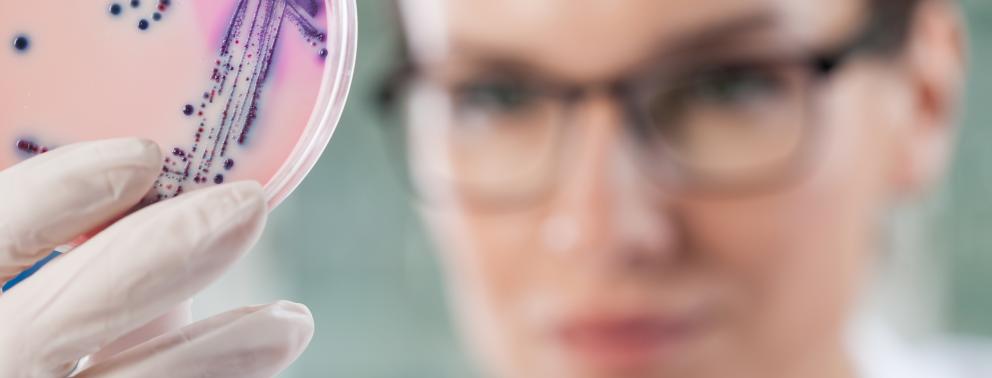You are here
What is antimicrobial resistance and how does it occur?

What is antimicrobial resistance and how does it occur?
Antimicrobial resistance is a natural result of antimicrobial usage. When bacteria are exposed to antimicrobials, they develop a resistance over time. Any bacteria that survive contact with antimicrobials can pass this resistance on to their offspring and even other bacteria they encounter. This process is natural and inevitable. Because of the rapid speed at which bacteria reproduce and evolve, their resistance to antimicrobials develops and spreads quickly.
Antimicrobial resistance renders many of the life-saving medications we depend ineffective, and it is a dire issue in human and animal health care, but the damage it causes goes beyond our doctors and hospitals. Inability to fight infection leads to increased mortality rates, which leads to a weakened population and decreased quality of life. Already an estimated 700 000 deaths can be attributed antimicrobial resistance with the third world being the most heavily affected.
Many bacteria and many antimicrobials are common to both humans and animals, so tackling antimicrobial resistance will require a unified effort in the spheres of both human and animal health. The problem can't be blamed on any specific group or industry, but it's something that everyone can work together to fight. Pet owners, food producers, veterinarians, and everyone who depends on antimicrobials must be conscious and considerate when using them.
Antimicrobial resistance is:
- a natural, evolutionary process
- a major threat to human and animal health
- already growing around the world
- a shared responsibility
